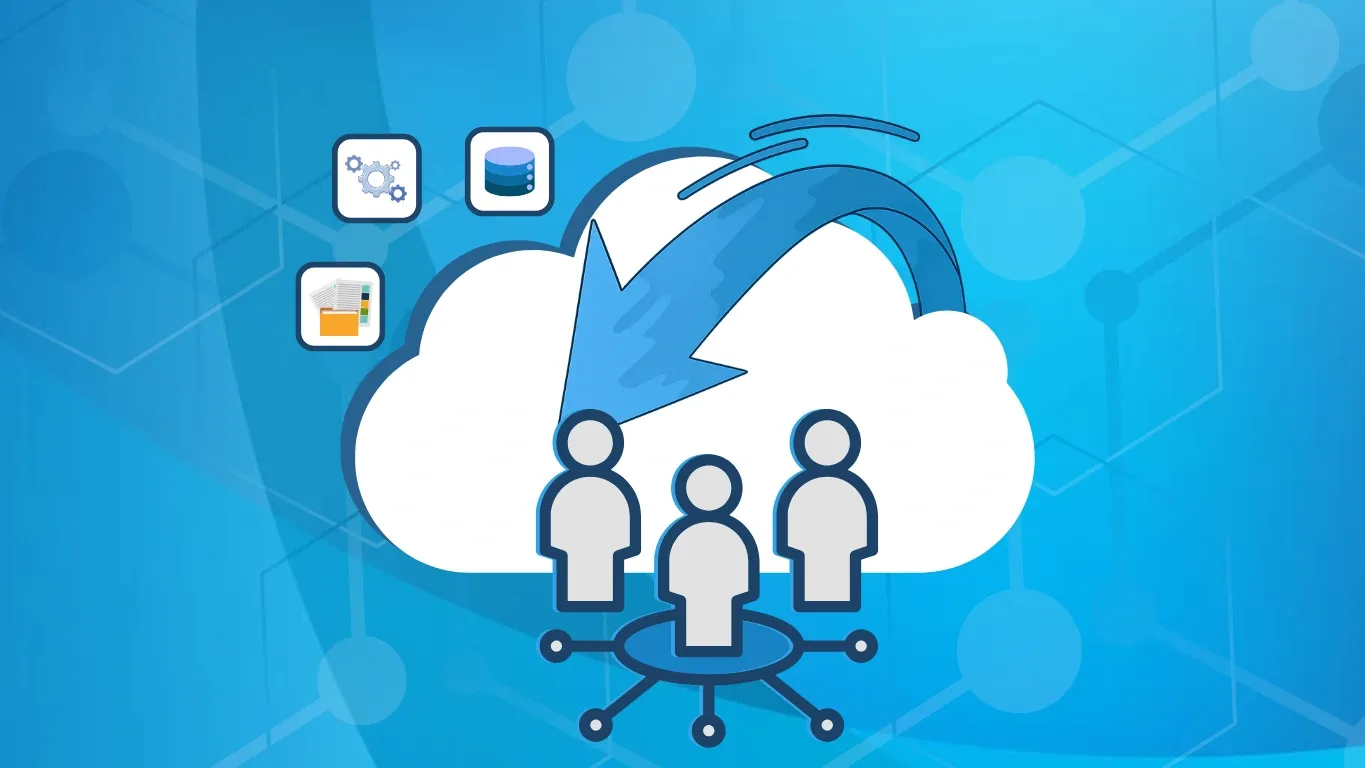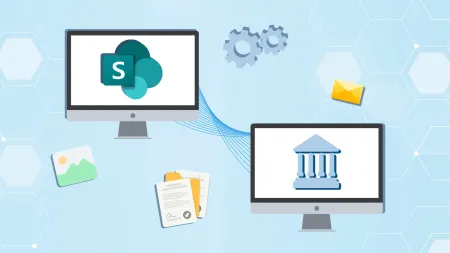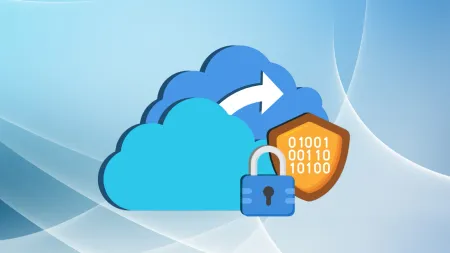Assessing Your Organization's Backup Needs for Azure Workloads
Learn how to assess your backup needs for Azure workloads, from compliance and recovery objectives to choosing the right tools for data protection and resilience.

This is Post #2 of our Cloud Backup Planning & Assessment for Microsoft 365 and Azure Series
Catch up on the first post and then finish the series:

At the end of the day, no matter what, the protection of your data in the Azure environment is ultimately your responsibility. There are some incredible tools provided directly by Microsoft to assist you with keeping your data safe, but that doesn’t mean that you can let your guard down. No matter where you stand today, your Azure backup needs an assessment to ensure that you have taken every reasonable step possible to back up your work and important data.
Understanding Azure Workloads
The first thing to do when thinking about your backup needs is to figure out precisely what your Azure workloads are in the first place. Some of the most common types of workloads handled in Azure include:
-
Databases - You can store mountains of sorted and secure data within your Azure workloads to ensure that you are always able to tap into the information that you require right when you need it. It is quite common within many organizations to have a significant number of databases stored within Azure.
-
Files - Not all of your data and material may not need to be stored in a formal and orderly database. There are some materials that may simply exist as plain files within the Azure environment. You should also ensure that these files are properly backed up within your system because you don’t want to risk losing that data either.
-
Containers - This might include things such as shared files and resources that are accessed by numerous members of your team.
All of these different workloads are essential to the day-to-day functioning of your business, and you should pay particularly close attention to keeping them all securely backed up within your system.
Defining Backup Objectives
You know that you want to back up your files, but you should first carefully consider what your backup objectives truly are. Knowing what you are aiming for with your backup efforts will provide you with the highest probability of accomplishing those goals. In particular, every organization should consider its recovery time objective (RTO) and its recovery point objective (RPO).
The RTO is a measure of how much time one can reasonably withstand their systems being taken offline. Meanwhile, the RPO is a measurement of how much total data loss is considered acceptable within a given system. Every organization should strive to keep both of these figures in mind while determining their best course of action in terms of backup plans.
Native Azure Backup Options
There are a number of native backup options built directly into the Azure system. These can be considered a good starting point for backup services, but they really shouldn’t be the final step that an organization takes.
-
Azure Backup - This is the native product that Microsoft says is a cost-effective way to keep your materials backed up and protected. While it does offer some level of protection, it should be noted that most experts consider this to simply be a good starting point for your backup needs, and it ought not be the only thing that you do to keep your systems insulated.
-
Azure Site Recovery - Another native option that you will want to note is the Azure Site Recovery offering. It is designed to ensure that the websites and apps that the user has will remain up and running even in the event of an outage.
These are both layers of defense that you can begin to use when thinking about how you will keep things backed up. However, you should also think about how you can further strengthen your backup systems by using third-party services as well.
Why Third-Party Backup Services Might be the Way to Go
The value of the data that you hold is incredibly high, and it ought to be treated as such. This means taking every step that you can to guarantee that you never leave it exposed and vulnerable to the outside world. Unfortunately, there are many out there who will gladly snap up your data right out from under you if given the chance.
Third-party services can provide a more finely-tuned backup service allowing you to have a greater peace of mind that every file and dataset is fully protected at all times. That is simply not something that you can reliably say about the native systems that exist within the Microsoft Azure system.
Compliance and Security Requirements
When you take on the task of incorporating backup systems into your Azure files, you are doing so not only because you want to give yourself some assurance that everything will be okay. You also do so because you need to meet certain compliance and security requirements. This is typical of most businesses and organizations, and it makes perfect sense that you might also have this desire.
Among the things that you should concern yourself with include:
-
Encryption - Creating files that cannot be accessed without the appropriate level of access (aka they can only be seen by those who are meant to see them).
-
Role-Based Access Controls (RBAC) - The nature of the work that one does should determine if they are able to see certain files and documents or not. If they are working in a role where it is not necessary for them to see specific files, then they should absolutely be restricted from access.
-
Retention - Some documents need to be held for a certain length of time in case it becomes necessary to look back at those documents at some point to review data contained within them.
These are some basic things that you should always do to help guarantee that you are meeting the security and compliance standards that are in place for good reasons.
Consider Your Costs and Obtain Backup Services Today
There is no doubt that the cost of backup services is always top of mind for many organizational leaders and business managers, and it should be. That’s why you should create a reasonable budget of what you can afford to spend on backup services. Then, use that budget as your guiding star to help determine which specific backup services you need. Then, consider what it would cost if you did not budget properly and lost critical data and potentially come up with a required budget. That is the only way that you can be certain that you will be capable of affording the backup services that your organization clearly needs.
For more information and to get started today, contact us with your questions or concerns. We will be glad to assist you in determining which backup services make sense for your needs.





